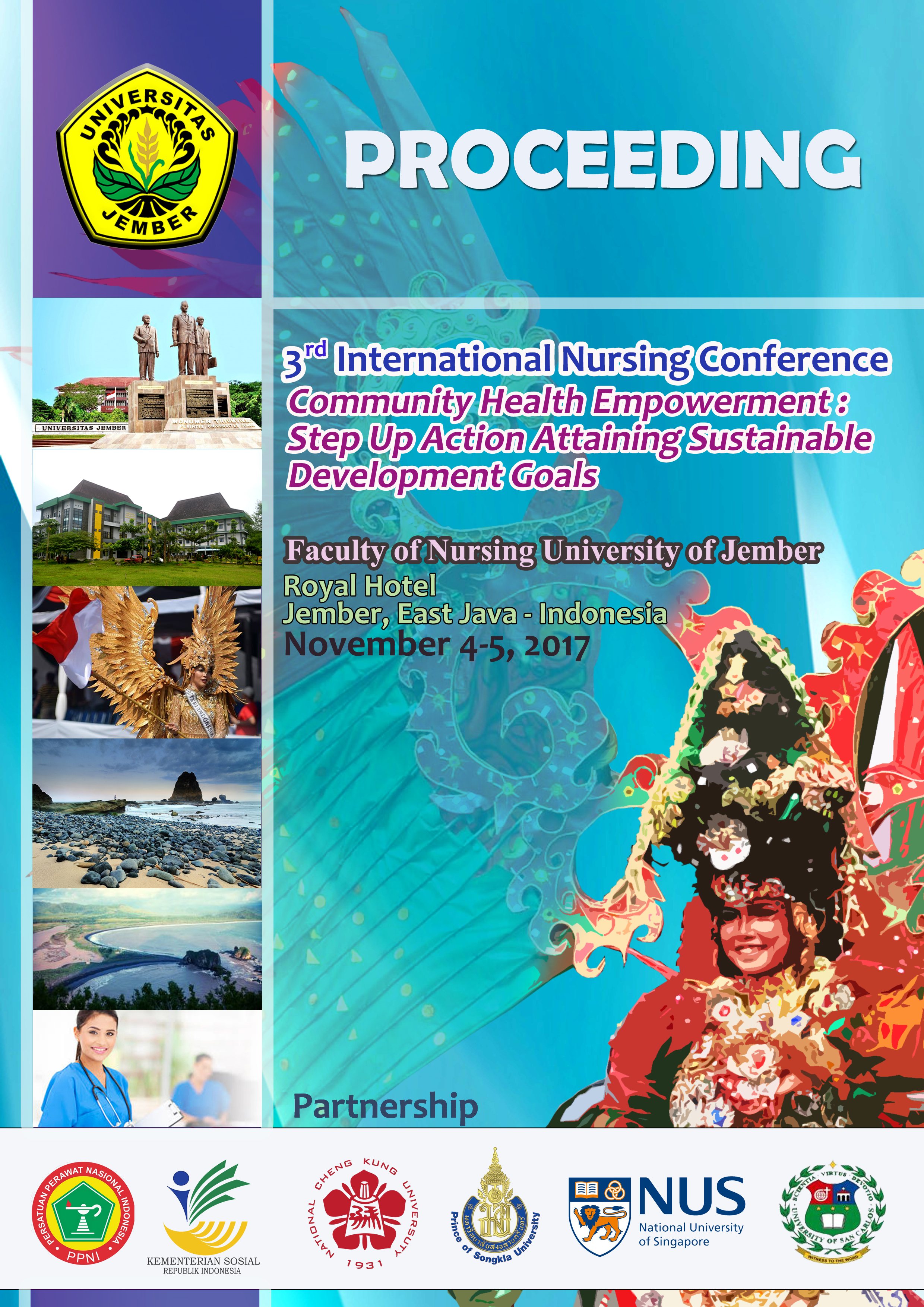WAIST CIRCUMFERENCE DIFFERENCE OF SOMATOTYPE ELDERLY ON SAWUNGGALING SURABAYA
Abstract
Background: Central obesity of elderly has been a health problem. Central obesity is related
to a high risk of cardiovascular disease and metabolic disorders. While somatotype with
endomorph type is significantly correlated to the waist circumference where waist
circumference is one kind of central obesity measurement. The aim of this research is to
determine whether there is a waist circumference difference among somatotype groups of
elderly. Methods: The design of this research is cross sectional. The research population was
elderly in RW 5 Sawunggaling Surabaya. The number of the sample was 80 respondents with
simple random sampling technique. Waist circumference and 10 anthropometric
measurements were done to the respondents. Somatotype calculation used Heath-Carter
method. Basic characteristic data of the research subject used univariate analysis. Hypothetic
test used Kruskal-Wallis test continued with Mann Whitney U test. Dependent variable of
this research is waist circumference value. Independent variable in this research is
somatotype elderly. Results: Kruskal-Wallis statistic test is p=0.003 where p<α (0.05) means
there is a significant waist circumference difference among somatotype. Mann Whitney U
test result shows a waist circumference difference in central somatotype group with
endomorph p=0.019, central with endomorph-mesomorph p=0.006, central with mesomorph
p=0.049, endomorph-mesomorph with mesomorph-ectomorph p=0.017, endomorph-
mesomorph with ectomorph p=0.041, mesomorph with mesomorph-ectomorph p=0.023.
Conclusion: Somatotype endomorph, mesomorph and endomorph-mesomorph waist
circumference tend to be higher than another type because there is more body fat as a result
of visceral digestion domination in endomorph type.
Keywords: waist circumference, somatotype, elderly.


